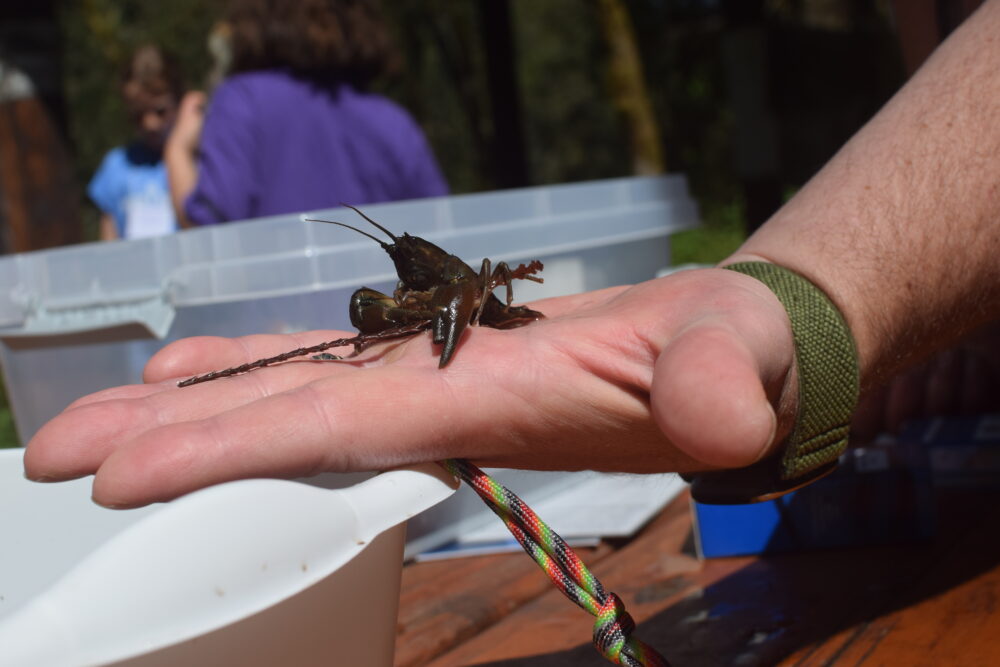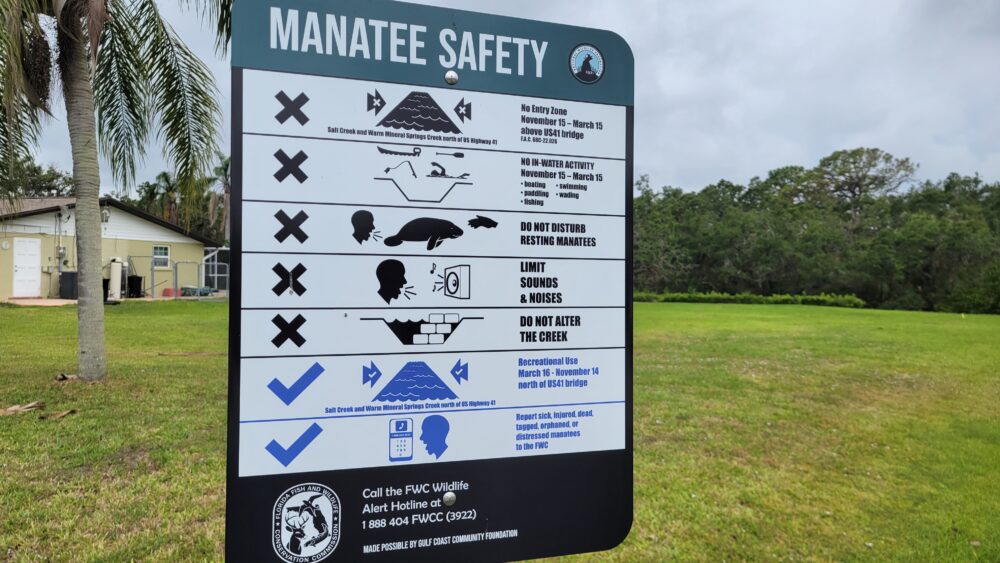We have much more to do and your continued support is needed now more than ever.
Sportsmen Speak Out: Air Pollution Threatens Hunting and Fishing Traditions

Findings from a new NWF report are hitting sportsmen and women close to home. The report highlights a number of wildlife species important to hunters and anglers that are threatened by toxic air pollution and climate change.
The report was released the same day the Environmental Protection Agency announced proposed standards to reduce mercury, arsenic, and dioxin emissions from power plants.
Minnesota: Outdoor advocates take air pollution report to legislature
Air pollution is harming a number of wildlife species important to Minnesota hunters and anglers, according to a new report from the National Wildlife Federation. As a result, environmental groups are working alongside hunting and fishing advocates to talk to legislators about the issues. (Listen to NWF’s Gary Botzek on WTIP North Shore Community Radio)
Michigan: Michigan species affected by power plant emissions
The report says nine species in the state are affected by power plant toxins. Mercury is the most dangerous toxin for some species, including the large-mouth bass and the common loon.
Lee Sprague is on the Tribal Council of the Little River Band of Ottawa Indians. “What we do know with mercury it really affects all life systems, from the very base of the food chain all the way up.” (Michigan NPR)
Montana: Changes to pollution regulations threaten Montana’s wildlife heritage, advocates say
Rising mercury levels in game fish have made it hazardous to eat many of Montana’s most popular species, according to Montana State University nursing professor Sandra Kuntz. In the United States, coal plants contribute between 50 percent and 75 percent of environmental mercury pollution, she said.
Pelah Hoyt, the former board president of Hellgate Hunters and Anglers, said growing mercury levels in wild fish threatened her chance to pass her outdoors heritage to her new twin boys. ” As a breastfeeding mom, that makes me really worried,” Hoyt said. “I just don’t know what’s going to be safe for our boys to do. Is it going to be safe for my kids to eat the first fish that they catch?” (Missoulian)
North Carolina: New EPA pollution rules are game changers
Richard Mode, NWF outreach coordinator and an avid North Carolina fisherman, points to the increasingly common “mercury warnings” about limiting fish consumption as evidence that tougher controls are needed.
“It’s impacting species that are great pan fish that we eat, that are a source of protein for people here in North Carolina. Species like walleye pike.” (Public News Service)
Ohio: U.S. EPA releases new standard for power plant mercury emission levels
Mercury, one of the most common toxic emissions from Ohio power plants, can also cause a variety of health disorders for fish, mammals, birds, and other species.
Coal fired power plants are the single largest source of mercury contamination in the U.S, amounting to about 50 percent of emissions affecting humans, according to NWF. The pollution settles on lakes, rivers and forests where it exposes fish and other wildlife. In many places, mercury warnings are increasingly common. Every state in the U.S. will have at least one fish consumption warning this year, and some will have hundreds. Last year, Ohio had 113 statewide, freshwater fish advisories, the NWF said. (The Hannah Report)
Pennsylvania: Advocates address air toxins, Congress
Ken Undercoffer, president of the Pennsylvania Council of Trout Unlimited, said he has studied trout streams in Clearfield County, finding many are so acidic the fish can barely live. “We’re all air breathers,” he said. “Nobody wants to breathe dirty air, so we ought to let the EPA do what it was meant to do.”
The Pennsylvania Fish and Boat Commission’s 2011 fish advisory lists 82 streams and lakes contaminated with mercury. It advises not eating more than one meal of fish per week caught in the state’s waterways. (Centre Daily)




















